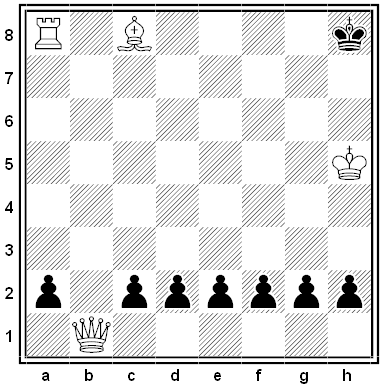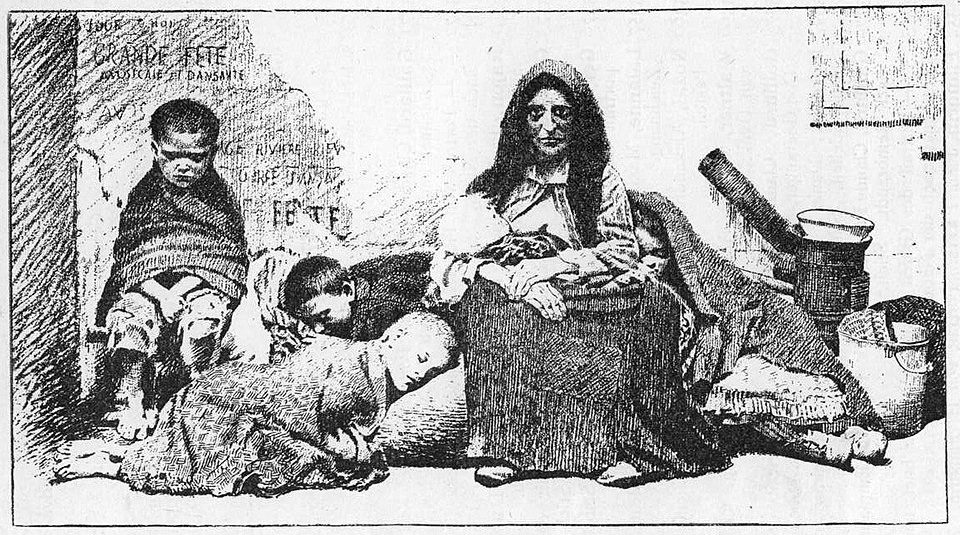In 2020, three researchers from UT Austin and Lancaster University examined 40,000 fictional narratives and discovered a consistent linguistic pattern. Articles and prepositions such as a and the are common at the start of a story, where they set the stage by providing information about people, places, and things. As the plot progresses, auxiliary verbs, adverbs, and pronouns become more common — words that are action-oriented and social. Near the end, “cognitive tension words” such as think, realize, and because become more common, words that reflect people trying to make sense of their world.
These patterns are consistent across novels, short stories, and amateur (“off-the-cuff”) stories. “If we want to connect with an audience, we have to appreciate what information they need, but don’t yet have,” said lead author Ryan Boyd. “At the most fundamental level, humans need a flood of ‘logic language’ at the beginning of a story to make sense of it, followed by a rising stream of ‘action’ information to convey the actual plot of the story.”
At this website you can view the graphs produced by various example narratives and even analyze your own.
(Ryan L. Boyd, Kate G. Blackburn, and James W. Pennebaker, “The Narrative Arc: Revealing Core Narrative Structures Through Text Analysis,” Science Advances 6:32 [2020], eaba2196.) (Thanks, Sharon.)







